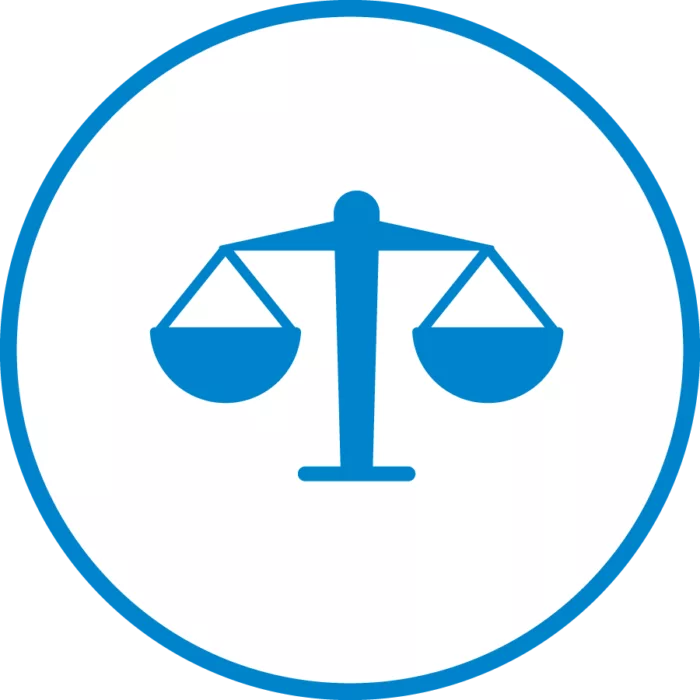Overview
Every district has much to celebrate in their unique history and community context, but it’s important to acknowledge and explore injustices from the past. Regardless of their intention, these hard-to-swallow realities are often the source of today’s inequalities, and they must be understood before they can be addressed. To design classrooms that work for all students, we must honestly look at who our classrooms do not work for and how they became that way.
In addition to studying your community’s history, current student data is essential to understanding strengths and challenges in teaching and learning. Shining a light on outcome gaps (i.e., certain subgroups performing differently than their peers) can help focus the design team’s work. Be specific and honest in identifying and discussing which groups of students benefit from and which are disadvantaged by the current system.
Each of these efforts individually – understanding community history and analyzing current data and our beliefs about that data – is equally important. Looking at how these dynamics interact and influence one another, however, is also vital to leading you to effecting lasting change.
Steps to Implementation
Suggested time: 2-4 hours
- Prior to your design team meeting, collect a range of data sources and document your findings in the Know Your District protocol:
- Learn about your district and community history:
- Identify sources that shed light on your district’s history (e.g., tenured staff, community members and leaders, local newspaper and library archives).
- Consult these sources using the first tab of the protocol, answering key questions and documenting what you hear.
- Review your district’s current student data:
- Collect relevant data (e.g., state assessments, surveys, grades, attendance, discipline records, citations, complaints, budgets). Enlist the support of data management personnel in your district as needed.
- Review this data using the second tab of the protocol and document your insights.
- Self-assess your district’s current approach to teaching and learning:
- After collecting data, share the third tab of the protocol with your design team.
- Have each individual rate your district’s current effectiveness against various aspects of teaching and learning.
- Learn about your district and community history:
- Gather your team in a room (in-person or virtual) with access to the Know Your District protocol; make sure your team has done the work to define your shared commitment to doing this work.
- As a group, take time for a one-hour reflection and discussion. Take notes using the discussion question template.
- What major strengths did we notice in our district history, community, current data, and current approach to teaching and learning?
- What major challenges did we notice in our district history, community, current data, and current approach to teaching and learning?
- Which students or groups of students have benefited most from our historical and current approach to teaching and learning? Which students or groups of students have benefited least? (Get specific and point to data when possible.)
- How does what we have learned inform…
- What specific challenges we might want to address via this design process?
- Which people (students, families, teachers) it will be most important to include in this process so that we don’t recreate inequities from our past?
- Document the group’s conversation and summarize answers back to the group. Use learnings and reflection to inform design work moving forward. Refer back to this information collected periodically.
- Next, you will seek out the perspectives of students, families, teachers, and classified staff who can help expand and deepen your understanding of your district’s strengths and challenges.
Additional Resource
- The Learning Accelerator: Collecting Data in Pursuit of Equity
This strategy is a part of TLA's Real-Time Redesign release, a practical toolkit for improving equity and resiliency in schools. Explore the full guide to find additional strategies, insights, and resources.

Ensuring Equity & Resiliency
In this step,
- Equity looks like humbly listening and learning about ways that your district perpetuated inequity in the past and the impact that those actions had on particular groups (e.g., families of color, non-native English speakers, families living in situations of poverty). It also looks like dissecting and disaggregating data to identify predictable outcomes among student subgroups as well as those groups of students “falling through the cracks.”
- Resiliency looks like seeking to truly understand the dynamics that led to historical and current inequities and being open to the uncomfortable realities that are uncovered (especially those that may conflict with what we tell ourselves about our community); in order to build a system that can recover from a painful past, it’s first important to comprehend the complexity of the cause of the inequities.
Strategy Resources
Know Your District Reflection Activity
When designing change, teams start with an in-depth analysis of what is currently working well... Learn More
District Self-Assessment Discussion Questions
These discussion questions accompany the Activity: District Self-Assessment strategy. Learn More
Article: Building the Car While We’re Driving It
Data from across four districts shows that no design team feels like they’ve got everything... Learn More
Not Available